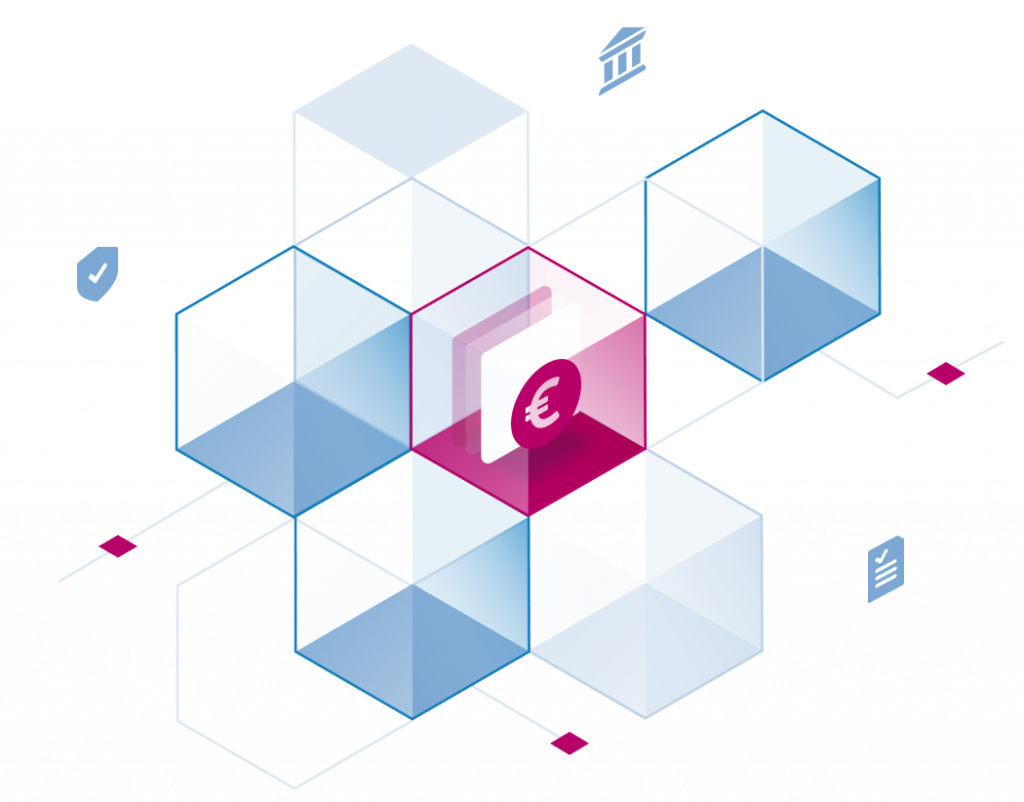Kubernetes


Stackable and Kubernetes
How to run Stackable on Kubernetes
Stackable requires a Kubernetes cluster* to run on. Here are a couple of options:
*to give Stackable a try, we recommend deploying a K8s cluster with at least 48GB RAM and 4x4vCPUs.
Run it on your computer
Local Kubernetes
For running a Kubernetes cluster on a local machine there are multiple options. To get going, the documentation includes a getting started guide.


Run it at a large hyperscaler e.g. AWS, GCP or Azure
AWS, GCP, Azure
All mayor hyperscalers allow the easy setup of Kubenetes Clusters. While their offerings differ in detail, the setups are fairly easy with GUI or command line based procedures.
To start small, all of them also offer a trial period for their services with some starting budget.
On Red Hat® OpenShift®
Red Hat® OpenShift®
The Stackable Data Platform is fully compatible with OpenShift.
Available in the Red Hat Ecosystem Catalog, users can quickly and securely integrate SDP’s robust data management capabilities into their OpenShift environment – critical for modern enterprise requirements.
Run it with a managed Kubernetes provider
Managed Kubernetes
A lot has happened recently within the Kubernetes space. Today, a lot of cloud service providers also offer Kubernetes in a managed way. Not concluding, here you can find some services for the German market.
Please contact us, if you find anything missing.
Subscribe to our Newsletter


Newsletter
Subscribe to the newsletter
With the Stackable newsletter you’ll always be up to date when it comes to updates around Stackable!





